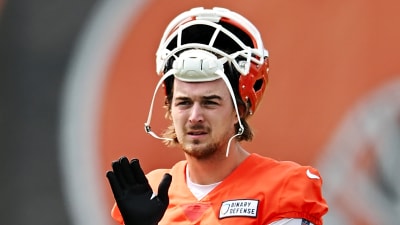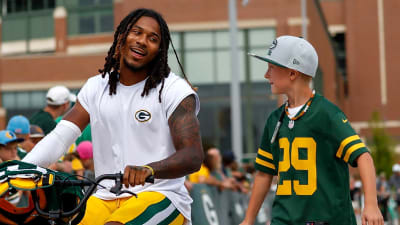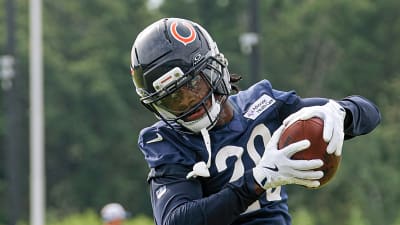Manchester United woke up on August 13 to a fresh jolt in the ownership story. A technical provision in the shareholder agreements linked to Sir Jim Ratcliffe’s investment has now become active. Many fans instantly read that as the club being back on the market. The reality is more nuanced, yet still significant. The change strengthens the Glazer family’s ability to sell the club outright without being blocked by INEOS, while guaranteeing that INEOS would be carried into any sale on the same terms. This is the moment a legal clause moves from theory to leverage.
What Actually Switched on August 13
When Sir Jim Ratcliffe completed his minority deal in February 2024, the contracts contained classic corporate protections that only bite after a set period. Eighteen months after completion, a drag-along right becomes usable by the majority owners. That milestone arrived on August 13, 2025. The effect is straightforward in principle. If the Glazers accept a full takeover proposal they deem acceptable, they can require the minority holder to sell alongside them on the same economic terms. INEOS cannot block the sale simply by refusing to participate.
This is not social media gossip. The existence of drag along and tag along provisions is documented in Manchester United’s regulatory filings. The company’s exhibits reference Section 7 of the agreements that governs how a majority can drag a minority into a sale and how a minority can tag along. The legal machinery is there to ensure a clean exit if a buyer wants the entire company, not just a slice.
A separate element that sat alongside the drag-along during the first year was a limited window of first refusal on certain shares, reported at the time in the British press. That window was about incremental sales of Class B shares rather than a full change of control. It has no power to veto a whole company sale once the drag-along is live.
So is Manchester United Really “Back on the Market”
The phrase back on the market is a little punchy. There is no formal auction announcement today. The club has not filed anything to say it is soliciting bids. What changed is the balance of negotiating power. The Glazers now have a cleaner route to a complete exit because they can deliver one hundred percent control to any buyer without minority friction. That matters to serious bidders who do not want to inherit an uneasy partnership. It turns a theoretical interest into something an acquirer can actually price.
Several outlets have framed the switch as opening the door to renewed offers, including summaries that revisit last year’s failed Qatari bid and note the clause became active on August 13. These pieces capture the mood but stop short of reporting a live process. Treat them as scene setting rather than confirmation that a sale has begun. A project that would be similar to Manchester City’s.
From the club’s side, the underlying context is unchanged. Manchester United still carries meaningful debt and has posted losses in recent years, more than most clubs in the Premier League. INEOS has injected additional capital for infrastructure and now holds nearly a 29% percent stake. Any buyer would be acquiring not just a brand but a complex financial project. That reality shapes price and timing more than a single calendar date.
What the Clause Guarantees for INEOS and How Price Could Work
Drag along is not a blank cheque for a majority to railroad a minority at a discount. The legal architecture is built to put the minority on equal footing in a sale. Regulatory filings and contemporaneous reporting made two points clear at the time of Ratcliffe’s entry. First, the minority must be paid the same terms as other holders of the same class of shares. Second, guidance around per-share pricing in the original deal gives a reference point for any forced sale. That is why you see figures cited from late 2023 reporting about the agreed price floor in those agreements. Think of it as a fairness anchor rather than a guaranteed valuation today. Market conditions and any new money invested since will still influence a real-world outcome.
There is also a practical check. Even with a drag-along, a full takeover must clear the usual regulatory approvals and satisfy football authority rules. A buyer needs cash, structure, and time. The clause removes one obstacle, but it does not remove all of them.
What Next For Manchester United
The important test will be whether credible buyers surface with indicative proposals that request exclusivity. If that happens, the story will move from technicality to transaction. Until then, the switch mostly strengthens the Glazers’ optionality and slightly improves the chance of a clean sale because it assures a buyer they can acquire complete control.
Media roundups today underline two narratives. On one side, aggregation pieces highlight that the clause is active and argue that Manchester United are effectively available if a full buyer steps up. On the other hand, more cautionary reads stress that activation does not force the family to sell. It simply makes a sale simpler if they choose to pursue it. Both things can be true.
The sporting side remains under INEOS control in the day-to-day. That continues unless and until a binding sale agreement is signed and closed. It means Manchester United’s season, recruitment planning and infrastructure projects do not automatically pause just because a clause turned on. Ruben Amorim and his staff will also continue as they have been doing. That continuity was a core part of the original minority arrangement and has been reiterated in press analysis since.
Final Thoughts
August 13 did not magically list Manchester United for sale. It activated a standard corporate device that makes a complete sale more deliverable because the minority can be compelled to sell on equal terms. The Glazers are better positioned to entertain a complete exit without shareholder friction. Any real movement will be visible through leaks about formal approaches, exclusive talks, or regulatory filings. Until that smoke appears, treat the moment as leverage, not a sale notice.
More must-reads:
- Liverpool linked with sensational swoop for star duo before transfer deadline
- Ruben Amorim addresses Man United’s shock cup exit to lower-league side
- The 'Most 1,000-rushing yard NFL seasons' quiz
Breaking News
Trending News
Customize Your Newsletter
 +
+
Get the latest news and rumors, customized to your favorite sports and teams. Emailed daily. Always free!








